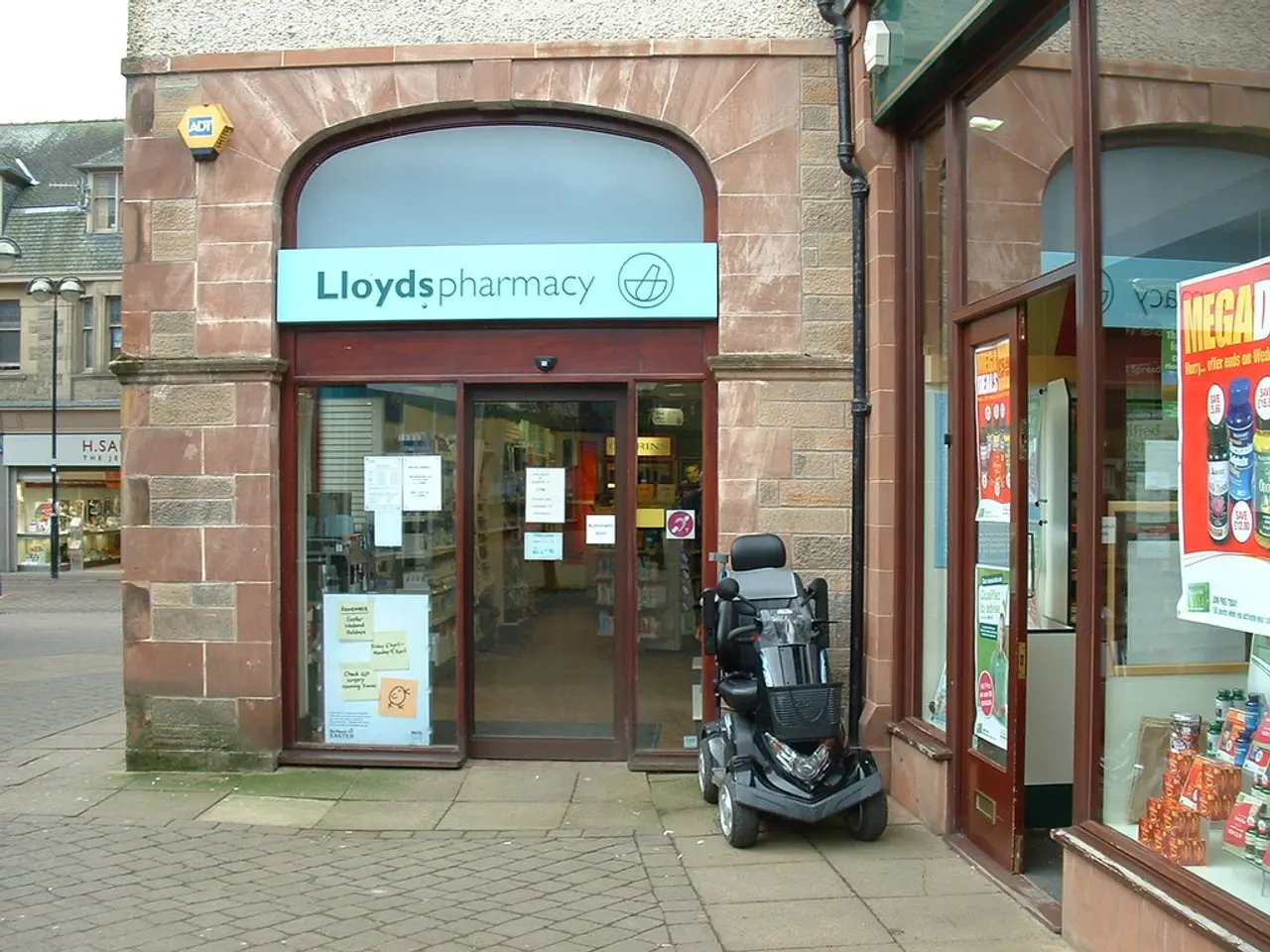Princess Diana's Time Capsule, interred in London, has been revealed following a 34-year seclusion
Princess Diana's Legacy Lives On: A Look Back at Her Philanthropic Work and the Opening of a Time Capsule
In 2021, a time capsule laid by Princess Diana in 1991 was opened, offering a glimpse into life in the 1990s and the enduring impact of Diana's philanthropy. The capsule, placed at Great Ormond Street Hospital in London, contained a Kylie Minogue CD, a Casio pocket television, a solar calculator, and other artifacts, all remnants of a bygone era.
The hospital, which will soon be named the Diana, Princess of Wales Children's Hospital, has a rich history with Diana. As its president from 1989 until her death, Diana played a central role in the hospital's Wishing Well Appeal, which at the time was considered the largest U.K. charity appeal. Her efforts raised an astonishing 54 million pounds, equivalent to 200 million pounds today, for the hospital.
Diana's philanthropic work continues to inspire modern royalty. Prince William, with his homelessness initiatives, and Prince Harry, with his veteran advocacy, are both carrying on Diana's legacy. This dedication to service is a testament to the profound influence Diana had on the British monarchy and the nation as a whole.
Modern royal philanthropy can be directly traced to Diana's deeply personal approach. After her divorce in 1996, Diana reduced her charitable commitments to six focused causes, with Great Ormond Street Hospital remaining one of them. Her impact, according to Stephen Lee, director of the U.K. Institute of Charity Fundraising Managers, was "probably more significant than any other person's in the 20th century."
Emma Hart, director of the McNeil Center for Early American Studies, stated that Diana "forced the British monarchy to move into the 21st century" and that she "showed how the royal family could be a force for good." This forward-thinking approach is evident in the new cancer center at Great Ormond Street Hospital, which is set to open in 2028.
The new cancer center aims to increase patient capacity by 20% and will be a national resource for the treatment of childhood cancers, with a focus on research and innovation. The design of the center will make it easier for clinical teams to develop kinder, more effective treatments in a child-focused environment. It will also allow children to play, learn, and be with their family while at the hospital.
The hospital's statement following the announcement of the time capsule being opened emphasised that the new cancer center will be developed with families and clinicians, ensuring that it continues Diana's legacy of compassionate care. As we look forward to the opening of the Diana, Princess of Wales Children's Hospital, we are reminded of the lasting impact of one of the most influential figures in British history.
Read also:
- Peptide YY (PYY): Exploring its Role in Appetite Suppression, Intestinal Health, and Cognitive Links
- Toddler Health: Rotavirus Signs, Origins, and Potential Complications
- Digestive issues and heart discomfort: Root causes and associated health conditions
- House Infernos: Deadly Hazards Surpassing the Flames




